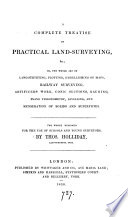 | Thomas Holliday - Surveying - 1838 - 404 pages
...line which describes the circumference, turning upon B as a centre; fig. 16, plate I. 3. The diameter of a circle is a straight line drawn through the centre, and terminating in both sides of the circumference, as fig. 16, A—C. 4. The diameter is the greatest... | |
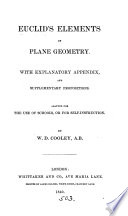 | Euclides - 1840 - 192 pages
...point within the figure, are equal. 13. That point is called the CENTRE of the circle. 14. A DIAMETER of a circle is a straight line drawn through the centre, and terminating on both sides in the circumference. 15. A SEMICIRCLE is the figure contained by the diameter... | |
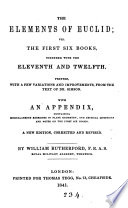 | Euclides - Geometry - 1841 - 378 pages
...are equal to one another. XVI. And this point is called the centre of the circle. XVII. A diameter of a circle is a straight line drawn through the centre, and terminated both ways by the circumference. XVIII. A semicircle is the figure contained by a diameter and the part of the circumference cut off... | |
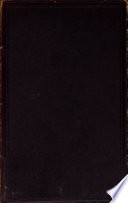 | Euclides - 1842 - 316 pages
...circumference are equal to one another. XVL This point is called the centre of the circle. XVII, A diameter of a circle is a straight line drawn through the centre, and terminated both ways by the circumference. A semidiameter of a circle is now usually called the radius. XVIII. A semicircle is the figure contained... | |
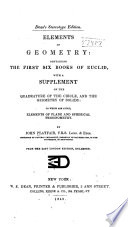 | John Playfair - Euclid's Elements - 1842 - 332 pages
...circumference, are equal to one another . 12. And this point is called the centre of the circle. 13. A diameter of a circle is a straight line drawn through the centre, and terminated both ways by the circumference. 14. A semicircle is the figure contained by a diameter and the part of the circumference cut off by... | |
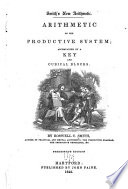 | Roswell Chamberlain Smith - Arithmetic - 1842 - 320 pages
...certain point within it. called the CENTRE. An ARC is any part of the circumference. 35. The DIAMETER of a circle, is a straight line drawn through the centre and terminating in the circumference on each side. A Q. What is a Quadrilateral? 27. Parallelogram? 27.... | |
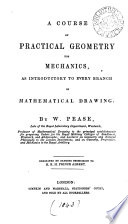 | William Pease - Geometry - 1843 - 80 pages
...lineal length of each degree of longitude, depends upon its distance from the equator. XVII. A diameter of a circle is a straight line drawn through the centre, and terminated both ways by the circumference. XVIII. A semicircle is the figure contained by a diameter and the part of the circumference cut off... | |
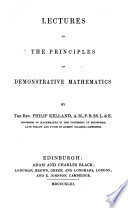 | Philip Kelland - Algebra - 1843 - 168 pages
...our first canon. 2. Euclid's definition of the diameter of a circle has a superfluity. " A diameter of a circle is a straight line drawn through the centre and terminated both ways by the circumference — dividing the circle into two equal parts." The latter clause (which is omitted in our translations)... | |
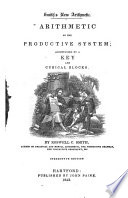 | Roswell Chamberlain Smith - Arithmetic - 1843 - 320 pages
...certain point within it, called the CENTRE. An ARC is any part of the circumference. 35. The DIAMETER of a circle, is a straight line drawn through the centre and terminating in the circumference on each side. A Fig. 14. Q. What is a Quadrilateral? 27.Parallelogram?... | |
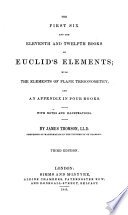 | Euclid, James Thomson - Geometry - 1845 - 382 pages
...following, which ia Euclid,s definition of the semicircle, will perhaps be preferred by some : — " A semicircle is the figure contained by a diameter...part of the circumference cut off by the diameter." lt may be proved that a diameter divides a circle into two equal parts, by inverting one of them and... | |
| |